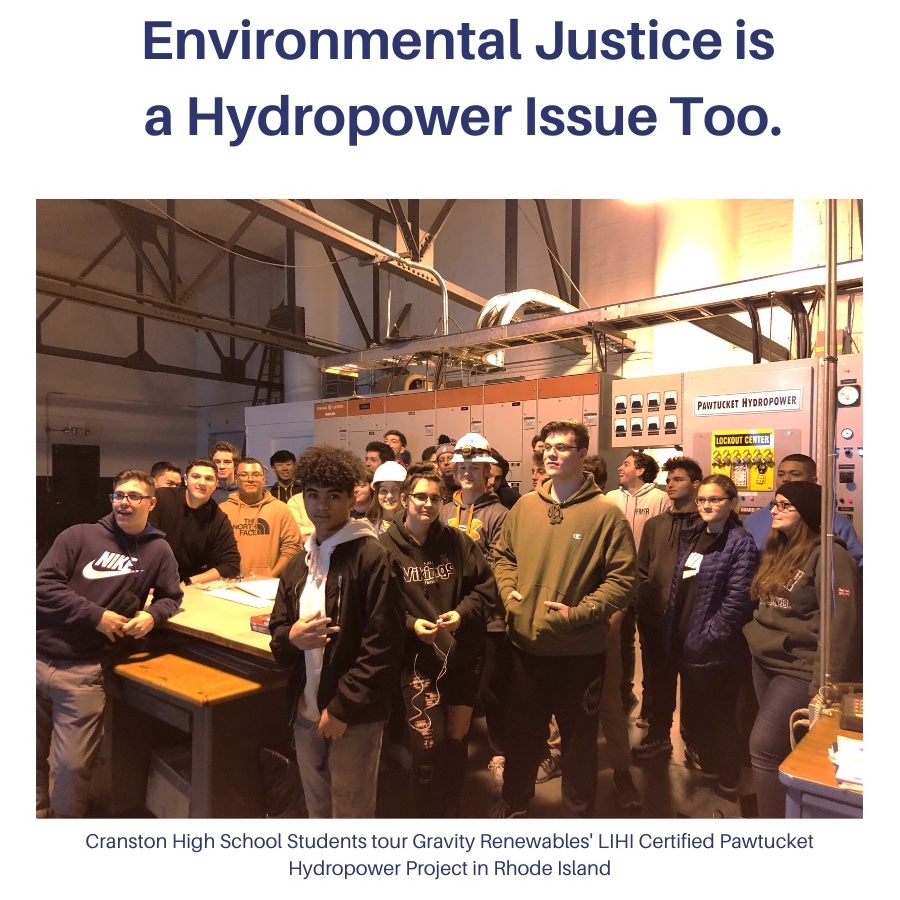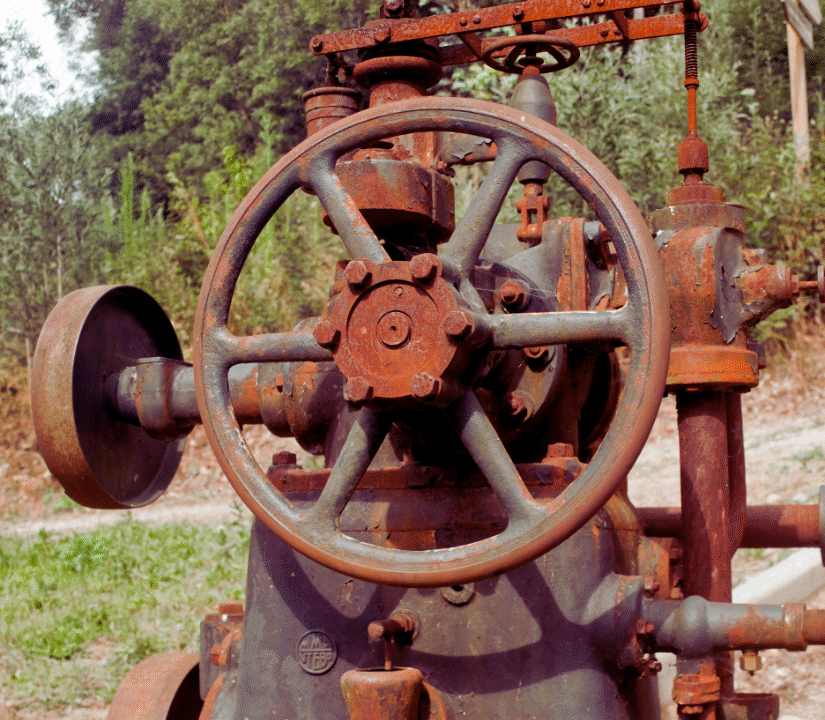
Final Decision – Certification of the Monroe Drop Project, LIHI #200, OR
June 8, 2023
Final Decision – Recertification of the Mother Ann Lee Project, LIHI #24, KY
July 6, 2023
Earlier this year, we studied the intersection of LIHI Certified hydropower facilities and communities with environmental justice concerns. This was an effort to begin to understand if, how, and to what extent these hydropower facilities might impact these communities. I also had the great opportunity to participate in a panel at the National Hydropower Association’s Waterpower Week conference in DC alongside two impressive individuals who work directly in this area: Rachel McNamara of FERC’s Office of Community Engagement and Ashley Brooks from the Department of Energy’s Waterpower Technology Office. Based on these two experiences, I thought it might be useful to provide some guidance for hydropower owners who are drafting what might be their first community benefit plans, a required section of applications for various federal incentive programs.
LIHI certificate holders have already demonstrated how their hydropower integrates with larger environmental, recreational and cultural resources. We believe that certificate holders are well positioned to extend their range of positive impact to communities, particularly ones burdened by persistent and systematic environmental injustices.
Learn the Basics
I encourage owners and operators to read through our paper, Hydropower and Environmental Justice: a LIHI Case Study. It is a good beginning source for understanding the progression of the environmental justice movement as well as current definitions and available resources. It also provides a template for identifying communities around hydropower facilities with environmental justice concerns.
The paper highlights two key take-aways:
- More than half of all LIHI Certificates have facilities in or immediately adjacent to identified environmental justice communities.
While LIHI has certified just over 11% of eligible facilities in the US, the high prevalence of our facilities in or adjacent to environmental justice communities (over 50%) suggests that this could be an issue that all hydropower owners and operators should work to better understand.
- The environmental and social burdens carried by these impacted communities vary widely.
The burdens generally considered when evaluating environmental justice include communities that bear the brunt of air pollution, pay higher than average energy prices, lack readily available transportation, have an outsized share of climate change impacts, lack of clean drinking water, poor access to healthy recreational opportunities, lack of workforce opportunities, and others. Understanding the burdens that impact your host communities is critical to understanding both the community’s needs, and your opportunities to participate in mitigating those burdens and furthering resource protection and enhancement.
Developing your Community Benefits Plan
After you have determined if your facility is located in or adjacent to a community with environmental justice burdens, it is important to understand the key underlying issues facing that community. After listening to community members to understand those issues and concerns, the next step should be to reach out to community organizations working to address them, to learn if and how your facility may be exacerbating burdens and how you can collaborate to alleviate them.
In particular, seek out those organizations with an interest in the support and benefits that the hydro facility may be able to provide. For example, if a key burden is high energy prices, seek out an organization working on the energy issue and explore whether the facility could enter into a long-term contract with the community to provide low-cost renewable energy. If a key burden is employment related, seek out an organization providing education and skill development and help connect them to hydropower career development opportunities, and offer tours and workshops to spark interest in disadvantaged students with an interest in renewable energy.
While a plan should be ever evolving, a good plan is never just a plan to have a plan. It will reflect a level of understanding of the community and its needs and familiarity with organizations already addressing those needs. The Plan should contain concrete ideas to support those efforts and leverage the various benefits the hydro can provide including hands on learning experiences, providing low-cost power, and enhancing the use of recreational opportunities, to name a few.
Be creative. Be specific. Be open. Be a partner.
Shannon Ames, Executive Director



